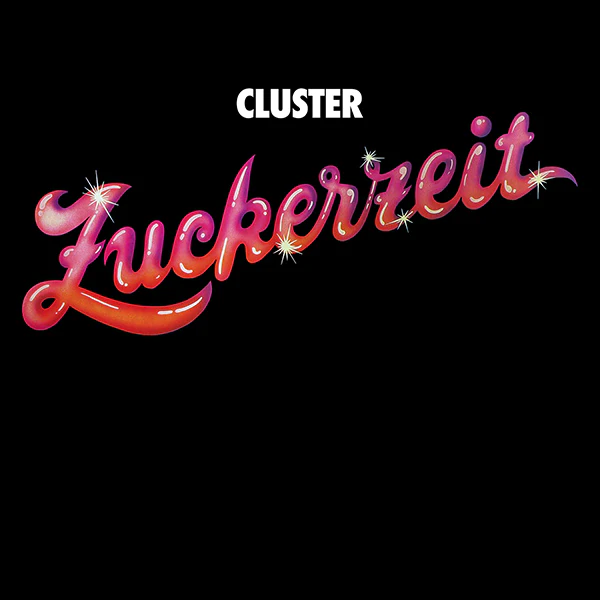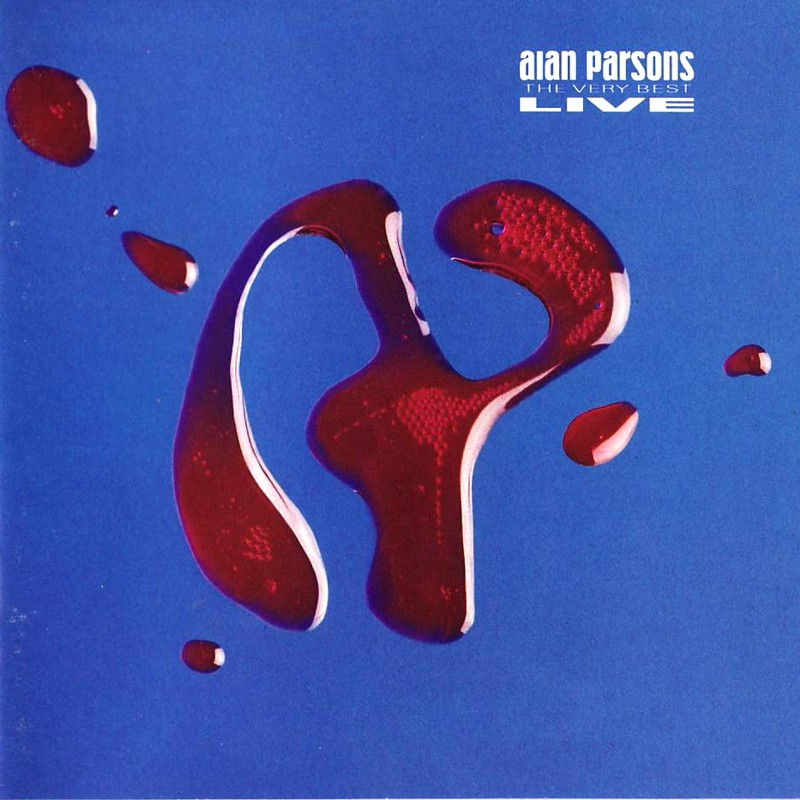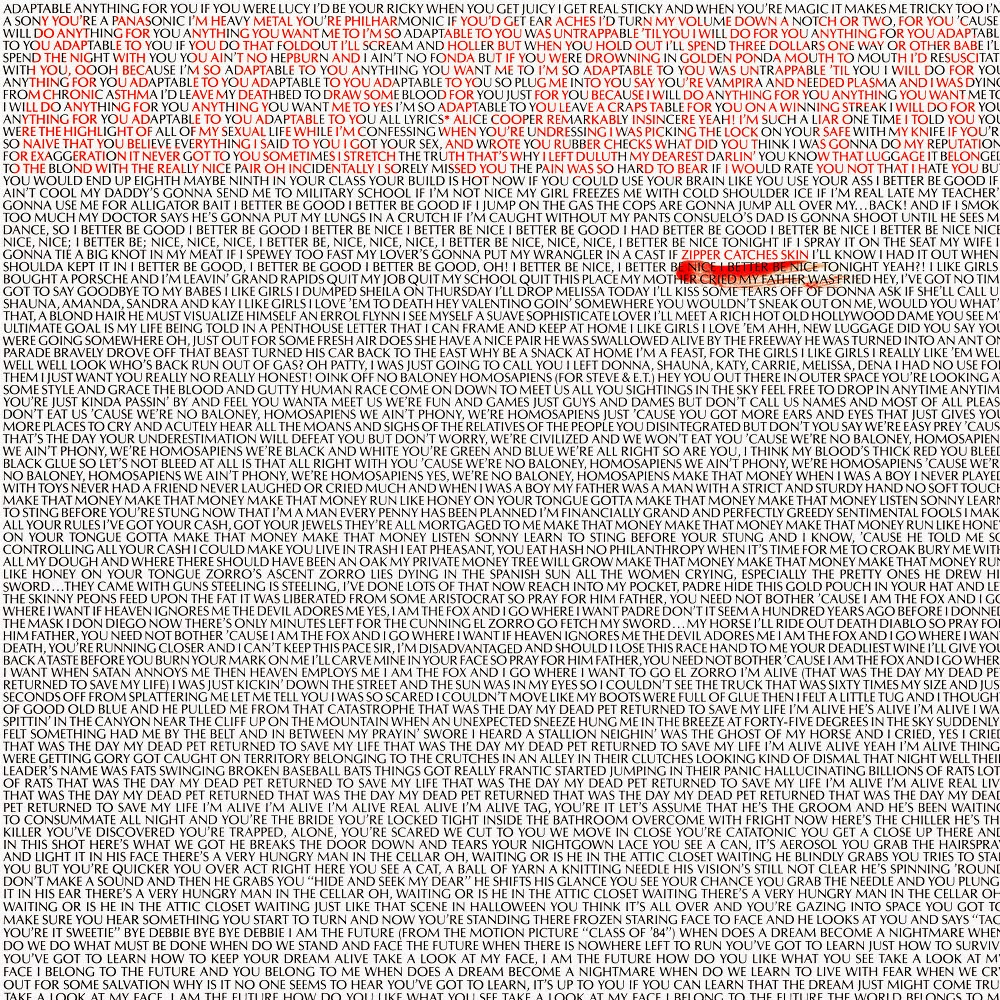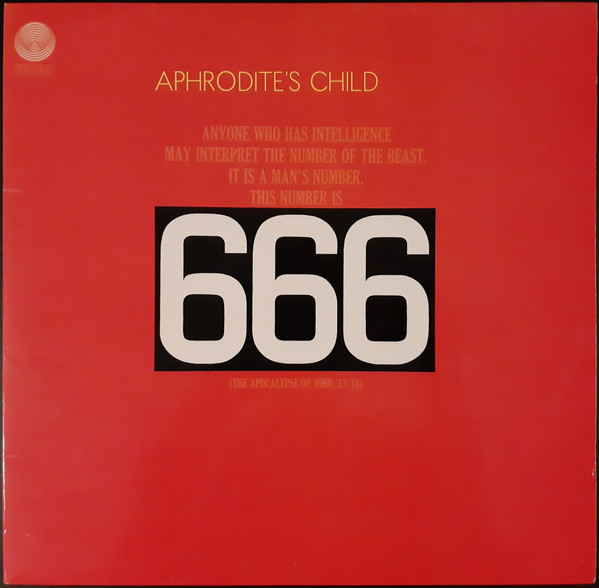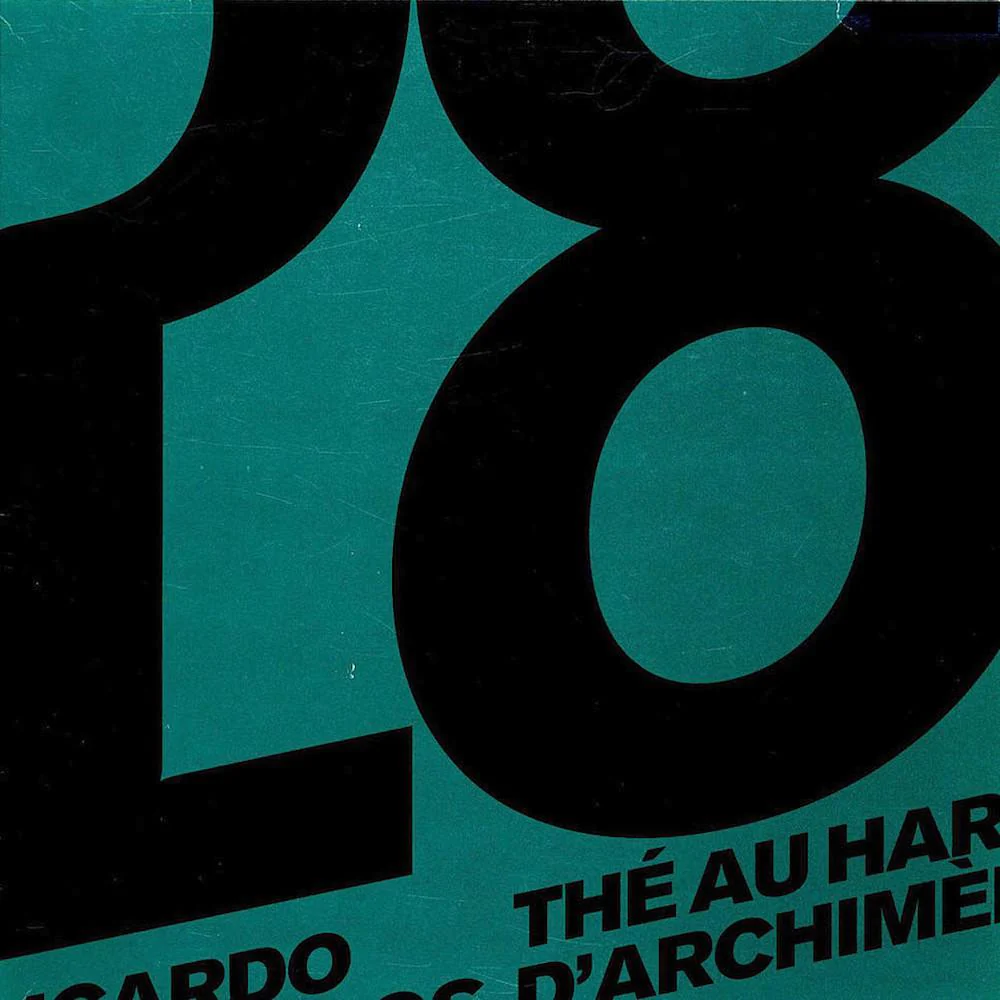Lately I’ve been scouring the Internet Archive for old Pink Floyd live bootlegs. My era of choice is from the beginning up until (but not including) Dark Side of the Moon. It’s fascinating listening to the band in this phase of their career, where experimentation took precedence over songs, and the audience was happy to be along for the ride.
Before their massive breakout, the band’s style was closer to kosmische than Classic Rock. They could have ended up like Magma or Hawkwind: esoteric rock bands playing to a small but fiercely loyal audience, occasionally popping up in Best Band in History lists and being name checked by younger, cooler bands.
Pink Floyd jammed, but they left out the noodling of the Grateful Dead or guitar-centric blues/jazz of Quicksilver Messenger Service. When Syd Barrett was still in the band, they lacked the musicianship of later incarnations, but filled the void with day-glo noise that endears them to fans of outre music to this day; there’s plenty of fans who consider Piper at the Gates of Dawn to be the only true Pink Floyd album.
Hiring David Gilmour to fill in for the increasingly errating Barrett injected some blooze flavor into the band of freaks, since he’d been spending his nights playing Everly Brothers covers at coffee shops instead of all-night hippie jams. He soloed (a lot) but paid attention to chord changes in a way that most shredders don’t, following the contours of the songs instead of mindlessly churning out bendy string riffs. He was definitely thrown into the deep end with Pink Floyd, however, going from sunny folk rock to art students weaned on Stockhausen was a bit of a shock, but he held his own.
Here’s some thoughts on a watershed show in the band’s history: July 6, 1977, widely bootlegged under a few names, including Azimuth Coordinator, Pt. 2.
Azimuth Coordinator, Pt. 2
July 6, 1977
Olympic Stadium, Montreal, Quebec
https://archive.org/details/azimuth-coordinator-pt-2
Since we live in the Information Age, once mysterious and obscure Classic Rock Trivia is now verifiable, and much of it was surprisingly true.
Did Captain Beefheart really write Trout Mask Replica in a single session? Probably, but it took months of cult-like pressure and abuse (both psychological and physical) for the band to arrange the Captain’s piano-and-moaning into the cult classic we know.
Did Led Zeppelin really sodomize a groupie with a shark? Kind of: John Bonham was possibly in attendance, but did not participate, and it was the relatively small mud shark used on the willing groupie.
Did Roger Waters, fed up with an unruly crowd setting off fireworks during a Pink Floyd show, actually spit on a fan in the front row, considered to be the spark that led to him writing The Wall? Yes… that story was not only true, but audio evidence is now freely available.
While not the biggest (in terms of staging) or longest (in terms of time on the road), Pink Floyd’s In The Flesh tour of 1977 was, by 1977 standards, an immense undertaking. A custom stage, light show, movie screen, and pyrotechnics had to be carted across North America, the band were barely on speaking terms, and they’d since given up their standard method of playing unreleased songs live. Despite Animals underperforming (at least compared to Dark Side and Wish You Were Here’s monumental success), the crowds still showed up, but these were kids looking to boogie, not take extended voyages into psychedelic frontiers. They wanted Bad Company or Foghat, and made their displeasure known.
This was back when bands would normally play their new album beginning to end on tour, but Pink Floyd slightly re-arranged Animals to fit stadium sized expectations. “Sheep” was moved to the front instead of end of the running order, which makes sense: it has a slow intro that suddenly explodes, and the outro is nearly as close to heavy metal as the band ever got. My problem is that the outro to “Sheep” is more appropriate to its placement on the album: the descending riff is such a Last Song moment that it’s hard to hear it at the beginning of a setlist. Thematically, it’s also the end of the concept album, with the sheep rising up to kill the dogs and pigs.
The band plays ferociously, however. While The Song Remains the Same captured Led Zeppelin in a similar situation (huge band, long tour, tired and homesick), they turned sluggish and disappointing. Pink Floyd took that feeling and played like a thrash metal band, pounding away at the songs until they submitted to their energy.
I wouldn’t say it’s the band’s fault for the crowd’s behavior that Montreal night in 1977, but following eleven and a half minutes of nihilistic Darwinian comeuppance with a soft folk song kind of sucks the energy out of the arena. “Pigs on the Wing”, an ode to Waters infatuation at the time (both of them were still married to other people) is incongruous on the dark and demanding Animals, and even more so in front of a crowd of thousands who just got their faces peeled off with heavy guitar riffs.
Energy cannot be made or destroyed, only transformed, and in this case the energy bottled from “Sheep” turned into irritation and impatience for “Pigs on the Wing, pt. 1”, which thankfully lasted 90 seconds before segueing into “Dogs”. The band is still playing hard, but David Gilmour’s voice is nearly shot, unable to conjure the vitriol Waters lyrics demanded.
“Pigs on the Wing, pt. 2” is when we finally reach Legendary territory. For clarity’s sake, the song was only split in two so Waters could claim more royalties, not because the song demanded it. In fact, for the 8 track version it is presented whole, with a big power-ballad guitar solo by Snowy White (who joined the band for this tour, playing bass, guitar, and presumably trying to keep the peace).
The audience was audibly restless during the lull between songs, with a couple shouts of “ROCK N ROLL!” pinging through the crowd, and a Quebecois gentleman pontificating at something at length. When Waters starts strumming an acoustic guitar, this almost supernatural groan passes through the crowd, followed by the clearly audible sound of fireworks being set off in the vicinity of the bootlegger. You may wonder “was that fireworks?”, just as someone in the crowd over 40 years ago says the same thing.
Playing music in front of 75,000 people is no easy feat, and while some artists are born showmen who can read a crowd and guide them along, Roger Waters is not that person. He admonishes the unruly contingent in the crowd in an expletive-laden tirade, only to be answered by more fireworks. Eventually the crowd settles down (or he just stopped caring) and the band plays the song, which builds to a power ballad finish that’s absent from the LP version.
From that point on the spell is broken, with the band marching through the rest of the set with a highwire energy that verges on collapse. Something has definitely changed in the chemical makeup of the band, and they’re either trying to get the show over quickly, or work out their frustrations with the crowd and each other. Nowhere is this more apparent than on “Welcome to the Machine”, a slow dirge on record that turns aggressive and belligerent onstage. Richard Wright, usually shy and reserved, throws as many keyboard effects and harsh synth tones at the song as it can handle. The bridge builds to a crescendo where swirling sound effects slam against Waters strumming his guitar so hard it sounds close to breaking.
For a little inside baseball trivia: On this tour, “Welcome to the Machine” was synced to a music video by Gerald Scarfe, which meant the band had to don headphones and play along to a click track.
The crowd is relatively sedate for the rest of Wish You Were Here, but the encore of “Money” ignites an aggression that can’t be bottled back up. The crowd voices on the tape aren’t joyful, they’re aggressive and demanding. There’s worried tones, too, and the sound of shoving and fights breaking out. Whether fueled by booze, weed, or good old fashioned teenage angst, scuffles in front of the stage spread out into the rest of the crowd, nearly breaking into a riot. Waters tries to calm the crowd, but he’s beyond caring.
The band plays “Us and Them” in a strange attempt to calm the crowd down, which I never understood. Maybe the band was hoping for a release, that unspoken transfer of energy between band and audience that signaled it was time to head home? In any case, it didn’t work: The bootlegger sounds like they’re in the middle of a moshpit by the end of the song.
The insatiable crowd screams for more, but by this point the car is out of gas. A dejected Gilmour leaves to stand by the sound mixer while the rest of the band plays the blues improv “Drift Away Blues”, with Snowy White on guitar. There’s a story that the road crew started disassembling the stage equipment during this song, but I’ve never found confirmation. Each onstage musician does walk off one-by-one, which supports the story that their amps were being turned off. Did it work? The crowd sounds like it’s thinning out, but there’s a few drunk people still screaming as Waters is left alone on bass.
It’s a sad way to end this phase of the band. Sure they’d put out one more album in this formation, but The Wall is closer to The Roger Waters Show than a Pink Floyd album. The Wall had a tour, too, but the brief multimedia staging wasn’t the same as the Dazed and Confused era of giant arena Rawk shows. Pink Floyd would limp along with The Final Cut, then spend the rest of the 80s in courtrooms or on the kind of giant faceless arena rock spectacles that the In The Flesh tour should have been the death knell of.
